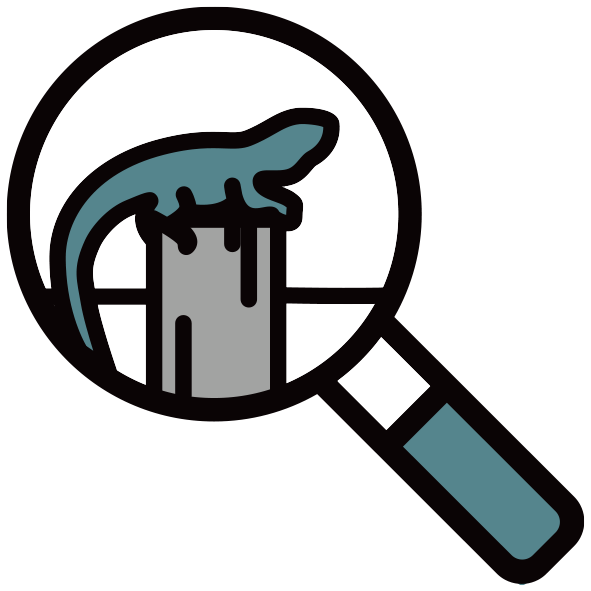NSW is on the hunt for cane toads!
Containing cane toads takes community help, so this summer the Peri-urban Environmental Biosecurity Network (PEBN) is hosting a community surveillance activity to hunt for cane toads. Cane toads love to eat bees, so beekeepers can assist by looking out for them around backyard hives. Even if you don’t keep bees you can to participate in the event by looking in your backyard, open areas or local waterways (fresh water).
When:
The event will run from 6-14 February, 2021.
 In the summer months when cane toads are more active and the nights are warm, bees cluster at the front of hives for ventilation. At night cane toads will sit at the entrance of the hives and feast on bees.
In the summer months when cane toads are more active and the nights are warm, bees cluster at the front of hives for ventilation. At night cane toads will sit at the entrance of the hives and feast on bees.
How:
- Register at https://nswtrade.wufoo.com/forms/toad-at-the-hive/
- Download the free MyPestGuide ReporterTM app to your mobile device or head to the website to use the online MyPestGuideTM Reporter tool. You may also choose to use the free FeralScan app to report toad sightings.
- Observe your hives around 9.30pm or later as this is when toads search for food. Use a torch (a red beam is best as bees may fly at white light). Wear your protective gear if you’re more comfortable.
- Report it! If you see a toad, it is important NOT to kill it as it may be a native toad or frog. Take a photo and use the MyPestGuide Reporter or FeralScan app to report your sighting. Reporting is easy – Download the Toad at the hive brochure with instructions on how to report.

Cane toads attacking bees at hive (Bufo marinus) Queensland, Australia.
Credit-©-Mark-Payne-Gill-naturepl.com
Tips on carrying out surveillance:
- Where to look: Hives located near water sources, creeks, dams etc would be a possible location for a cane toad, as well as any backyard that has areas for toads to shelter during the day. As night encroaches, they move out from their sheltered position to find food – this may also be the leftovers at the dog or cat bowl!
- During the 2 week blitz period, observe your hives for cane toad activity on as many nights you choose. Send in as many reports and photos as possible. Even if you don’t find any toads report it anyway. All reports are valuable, even absence reports, as they provide useful data that underpins pest-free status.
- What does a cane toad look like? Download the Cane toad factsheet.
- Have you heard a cane toad calling? Listen below
(Cane toad call courtesy Nature Sound)
Videos on using the reporting apps

- Watch this video on reporting via the MyPestGuide Reporter app
- Watch this video on catching and reporting a suspect toad via the FeralScan app
Why participate?
Cane toads can cause devastating impacts on our communities, native wildlife and ecosystems due to their ability to spread to new areas, use limited natural resources and to poison animals that try to eat them.
Cane toads are poisonous internally and externally and have no natural enemies and are dangerous to native animals and our domestic pets. By taking part in this community surveillance activity you are helping to protect the environment from the impact of exotic pests.
The ‘Toad at the Hive’ observation event is a collaboration between NSW DPI, Local Land Services ‘Every Bit Counts’ program and recreational beekeeper associations.
Other information
- The cane toad origin and management in NSW – NSW DPI website https://www.dpi.nsw.gov.au/biosecurity/vertebrate-pests/nia/key-new-incursions-species/new-incursions/cane-toad
- How to identify a cane toad – what do they sound like? – Environment NSW website https://www.environment.nsw.gov.au/topics/animals-and-plants/pest-animals-and-weeds/pest-animals/cane-toads/how-to-identify-a-cane-toad
- IMPORTANT: If you find an unusual plant or invasive pest outside of this Peri-urban Environmental Biosecurity Network surveillance blitz, here’s how to report it!

